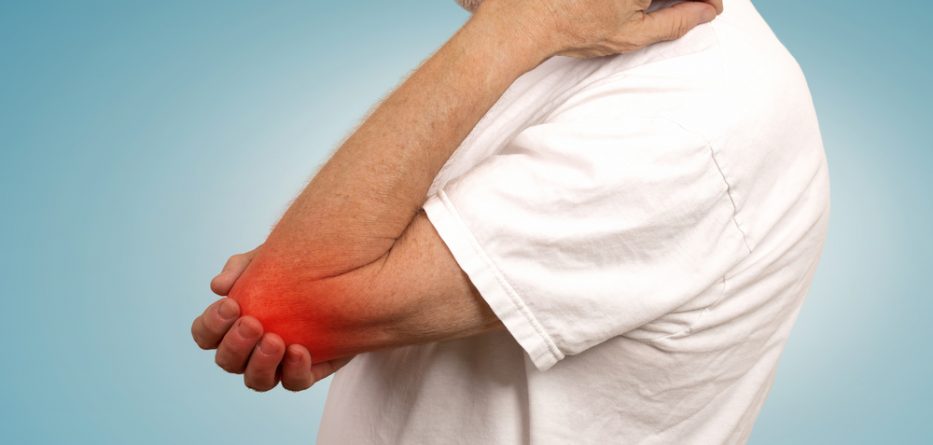Rheumatoid arthritis can affect many areas of the body, including the arms. There is a variety of treatment for rheumatoid arthritis arm pains. The main goal of pain relief is inflammation control.
Treatment for Rheumatoid Arthritis Arm Pains
You may need to try a combination of treatment options to see the best results. Not all treatments will provide immediate relief, some will come with time.
There are two different types of medication – inflammation medication and pain medication.
Inflammation medications help to manage inflammation, which in turn helps to manage pain. These are most commonly known as disease-modifying anti-rheumatic drugs, or DMARDs. DMARDs suppress the body’s overactive immune system responses. They also help to prevent joint damage and slow disease progression.
Pain medication is used for acute pain. Pain medications are nonsteroidal anti-inflammatory drugs known as NSAIDs. Examples include Aspirin and ibuprofen. These kinds of drugs are useful in relieving joint pain, although they do not prevent joint damage. They may also cause kidney damage after long-term use, as well as irritate the stomach lining.
Other, non-medication related treatment options include diet, weight management, massage, exercise, acupuncture, and alternating hot and cold presses.
A change in diet is not a sure-fire way to fix anything related to rheumatoid arthritis. However, omega-3 fatty acids have been shown to help reduce inflammation and the resulting joint pain. Therefore, adding more omega-3 fatty acids to your diet may be beneficial. Food items include cold-water fish or fish oil supplements.
By maintaining a healthy weight, you may help to manage your joint pain. Massage of the area can also help to reduce muscle and joint pain. Maintaining an active lifestyle is important. Gentle exercises may be more manageable, and will help lessen the pain in the long run. Consider walking, swimming, cycling, or yoga. Some patients find acupuncture helpful in lessening pain, while others alternate between applying heat and cold to the painful area. Heat helps with relaxing the muscles and cold helps with dulling the pain.
Featured image: SIphotography via DepositPhotos




